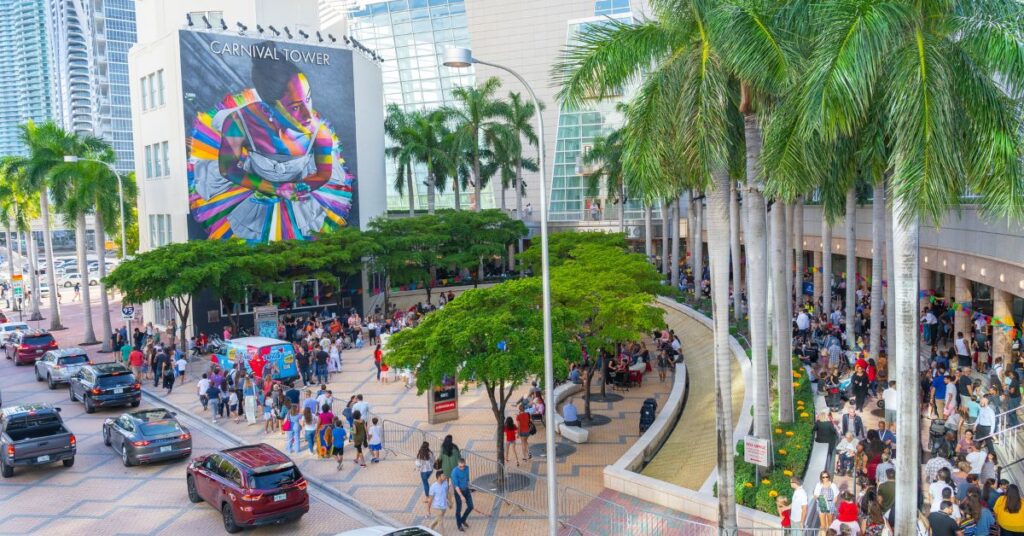As preservers of culture, history, science, and art, museums allow us to understand the world around us better. But many factors, including physical barriers, inadequate signage, and lack of inclusive programming, inadvertently exclude certain groups, particularly people with disabilities, from enjoying the experience. It’s critical for these institutions to adopt universal design (UD) principles to establish environments that are inclusive.
Universal Design follows seven fundamental principles to craft products and environments that are usable by as many people as possible without the need for adaptation or specialization. Here’s how to seamlessly integrate these principles into a museum space.

Equitable Use: Design elements should be useful for everyone who encounters them. The Frost Science Museum in Miami has restrooms on every floor with changing tables that can accommodate a child or adult, multiple commodes for people of various statures, and barrier-free showers large enough to fit a user and a caregiver.
Flexibility in Use: To accommodate the most visitors, museums must provide both physical signage and audio descriptions. For example, the Museum of Modern Art in New York City offers verbal descriptions of several artworks on display.
Simple and Intuitive Use: Iconic museums, like the Smithsonian in Washington, DC, can draw several million visitors annually. All of those people bring a wide range of languages and cognitive levels. Streamlining interactions through universally recognized signage and multilingual text that includes Braille and ASL enhances a space’s access.
Perceptible Information: Given the vast amount of information shared in museums, it might seem impossible to present it in multiple ways. However, giving various ways to receive information benefits all visitors, which is why the Isabella Stewart Gardner Museum in Boston has an immersive audio guide designed to be used with the museum map.
Tolerance for Error: Because we all make mistakes, it’s best to anticipate common errors and share information about potential obstacles with visitors when they arrive. For example, the University of Arizona Museum of Art in Tucson aims to minimize confusion with ample wayfinding signage and regularly updating maps for visitor ease.
Low Physical Effort: Museum visits involve a lot of walking and standing. Providing seating within galleries enhances the overall experience during the visit.
Effective Size and Space for Approach and Use: Placing labels in the line of sight for any seated or standing visitor ensures that information is easily accessible to a broad range of visitors, including those with different heights and mobility challenges.

I hope this exploration into UD practices inside a museum setting allows you to see transformative changes are easy to implement — whether it’s in a public space, like a museum, or a workspace, like your office.
My team and I can help you embrace these principles and become agents of positive change in your community. I’m considering running a series of live webinars on Universal Design implementation topics. Would you be interested in attending?
If so, provide your email address using the button below. You can expect to receive questions about what you want to learn, and get the details for upcoming training sessions first!





0 Comments